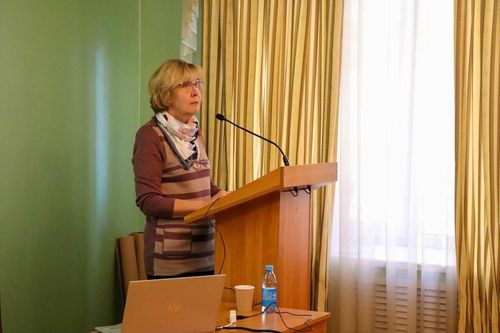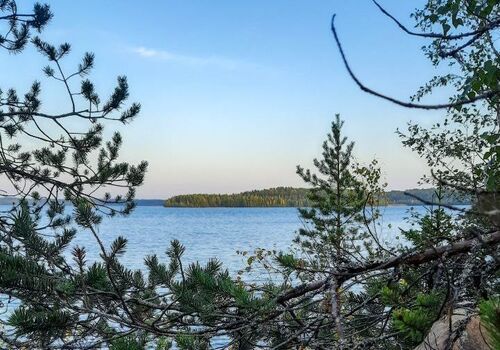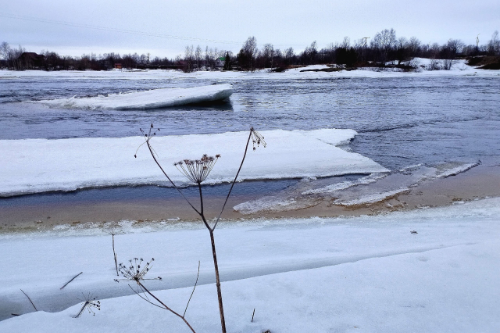– What is very important for us is the approach related to the role of models in the nomination process. Place names were given not arbitrarily, as it is often done now in urban toponymy, but following certain models, patterns, templates, which, in turn, have chronological and geographical limits of circulation. The toponymic science became aware of this model as part of its development only recently, two or three decades ago," the researcher pointed out.
Implementing the project, scientists examined over a thousand names of traditional rural settlements (oikonyms) in southern Karelia, gathered from archive holdings, historical maps, mass-scope statistical sources from the 15th to 19th centuries, as well as field data.
Researchers have proved that the set of nomination models represented in official registers existed within certain chronological and spatial boundaries. Irma Mullonen gave examples of some settlement nomination models. For example, the second half of the 17th century was characterized by active documentation of oikonyms with the Karelian formant -la (Kirjavala, Ivkula, Keikkula). This was a result of the in-migration of Karelians from the Ladoga region, where this model used to be highly productive. The 18th century saw a massive expansion of names with the stem -selgy "selga, mountain" ( Uzheselga, Gomselga, Pyazhieva Selga), which was caused by interior migration and emergence of watershed-type settlements on uplands.
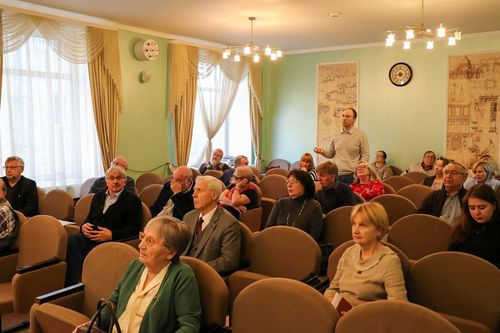
The study also demonstrates that an important element in the mechanism of the oikonymic system development was the interaction between two levels at which settlement naming functioned: the conservative official (written) and the flexible unofficial (oral).
As part of the project, scientists for the first time suggested an etymological interpretation of some 300 place names in southern Karelia. "This part of the work has a direct application in practice. This is something that is in demand, of interest to the general public, the tourism sector, education", - the scientist remarked. Part of these interpretations were included in the "Dictionary of Ludic Karelian settlement names" (compiled by Ekaterina Zakharova and Irma Mullonen) published in 2021.
– The ultimate goal of toponymic research however is to decipher place names and, at the end of the day, this is what our studies are for: we have to map a place name within a certain reference system, which can only be done if we understand and reveal this system, - Irma Mullonen summed up.
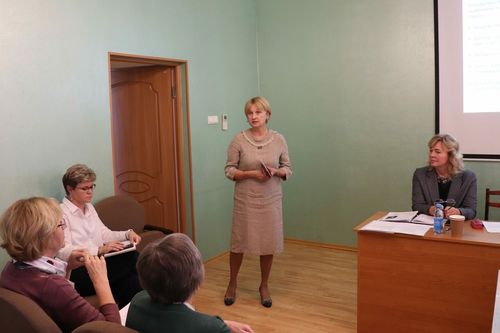
A comment on the presentation was given by Director of the Institute of Linguistics, Literature and History KarRC RAS Olga Ilyukha.
– Toponymic studies have been conducted for a long time, but it is under the leadership of Irma Ivanovna Mullonen in recent decades that they have been placed on a new footing. The presentation shows how extensive and varied are the sources that are used for this work. This involves a tremendous amount of work done by a small team of scientists. They managed to discover these models, which classifies as a true discovery, which is now used by colleagues in different cities, not only in our country, but also abroad.
KarRC RAS Director General, RAS Corresponding Academician Olga Bakhmet especially highlighted that this study is a vivid showcase of basic science on the one hand yet having very down-to-earth applications on the other.
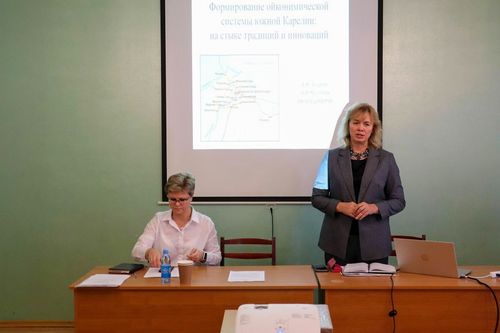
While discussing the lecture, participants also touched upon problems related to toponymy. In particular, Irma Mullonen mentioned that the State Catalog of Geographical Names contains some 16 000 place names for the Republic of Karelia. The form in which they are recorded in the Catalog is obligatory for official use: in maps, documents, etc. However, not all names of settlements existing in the region are included, which causes dissatisfaction among local people, e.g., because a proper signpost cannot be installed.
– Another group of problems arises from the fact that the catalog contains lots of erroneous spellings: from 5-7 percent in the south of Karelia to 30 or even 50 percent in the North. Yet, we are obliged to reproduce these spellings. The development of tourism has made this problem especially noticeable, - the scientist pointed out.
Having considered the report, members of the Learned Council approved the research on the toponymic system of the region conducted at ILLH KarRC RAS and recommended that the authors continue the work to popularize toponymic knowledge, including through seminars for specialists in tourism education and regional executive government officials.

Other speakers during the Learned Council meeting were KarRC RAS Director General Olga Bakhmet and KarRC RAS Secretary for Science Natalia Fokina, who covered issues of current interest for the Centre and the scientific community. Details will appear in upcoming news on Karelian Research Centre RAS website.




